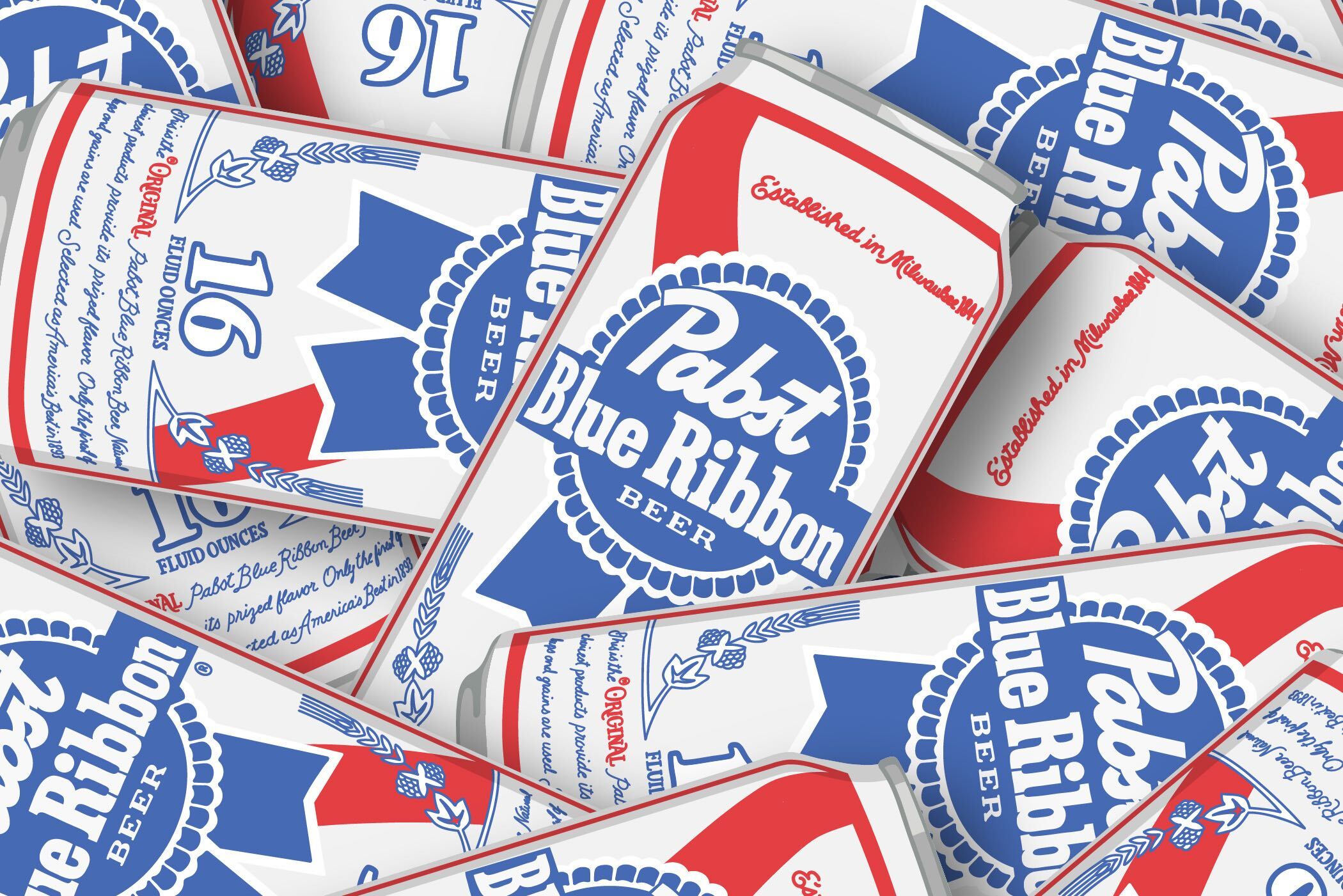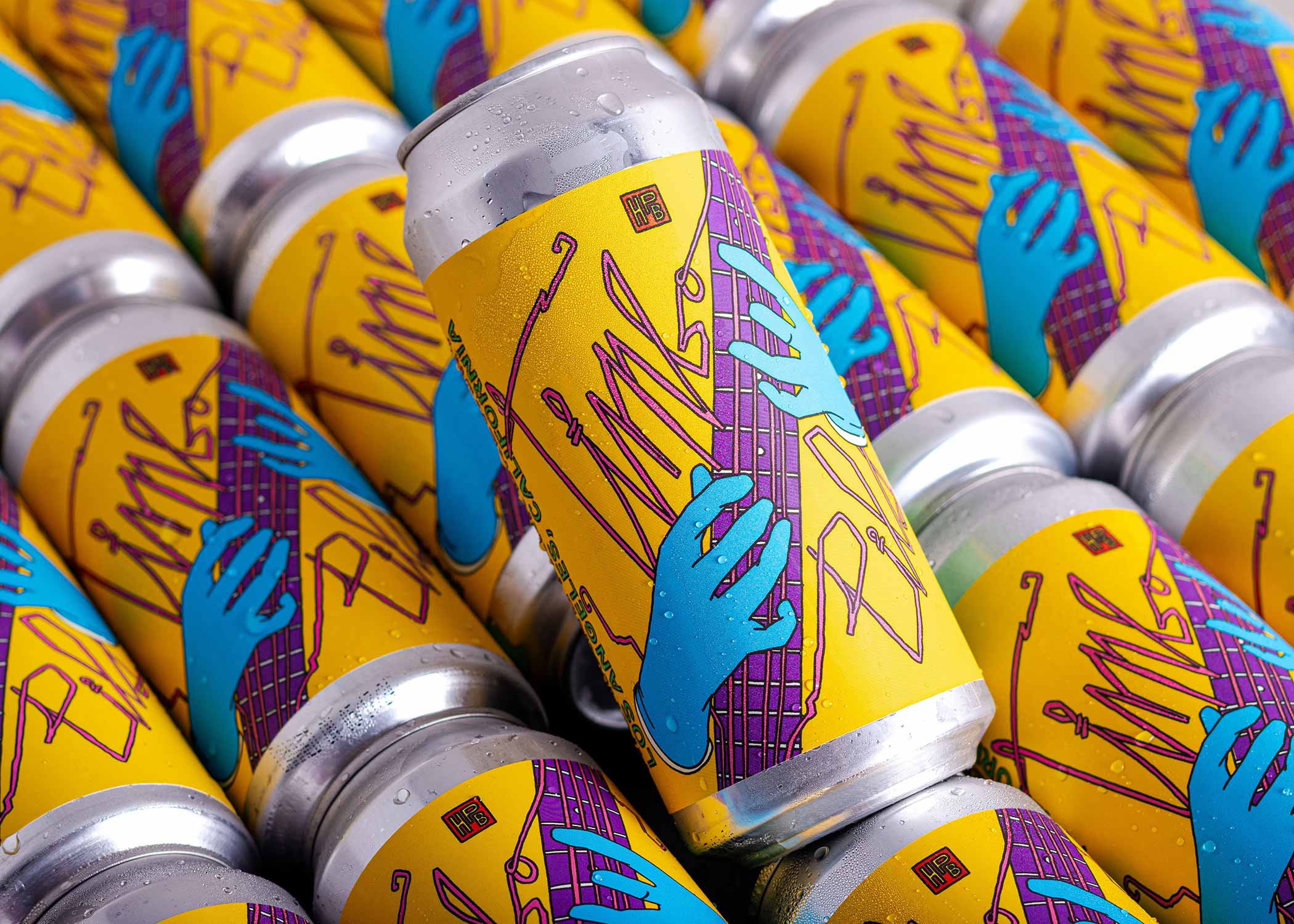Shop
The Cult of PBR
A blue-ribbon winner.
Looking for More Stories Like This?
The first beer I ever shotgunned. The 30-pack I took to all my off-campus parties during my senior year in college. And the beer at my side when playing FIFA or Golden Eye with the guys on N64. On its face, Pabst Blue Ribbon is just a classic American lager. It’s a 4.7% ABV crushable light beer with ten IBUs. But if you look behind the ribbon, there’s so much more to this beer than meets the eye. Honestly, there are good reasons why you’ll commonly find this lager at holiday parties, family and friends gatherings, and pretty much any college party—upperclassmen, of course; drink responsibly.
Affectionately known by seemingly all as PBR, the lawnmower beer won America’s Best in the Nineteenth Century—1893, to be precise—and continues to be the darling of dive bars and drinking occasions today. When we all think of that quintessential American beer, you’d be hard-pressed to find one more qualified than PBR.
But what makes PBR such a household name? What makes the can with the blue ribbon a favorite in the hands of hipsters? And why has the red, white, and blue can become such an iconic symbol on shelves?
All the Case Studies Say…We Don’t Precisely Know!
PBR Brand Director Rachel Keeton says it’s hard to point to one thing.
“I’ve probably read all the case studies and think pieces over the years trying to answer this exact question,” Keeton laughs. “I think there are a lot of things the team at the time did right to build the brand and give it this sense of edge and coolness.”
But Keeton says that effort didn’t include in-your-face advertising like what you see from other brands during that big football game in February.
“Instead, [they] doubled down on a more grassroots approach,” she says. “And really celebrated our drinkers and the passion they had for the brand.”
The History of Pabst Blue Ribbon and That Prized Blue Ribbon
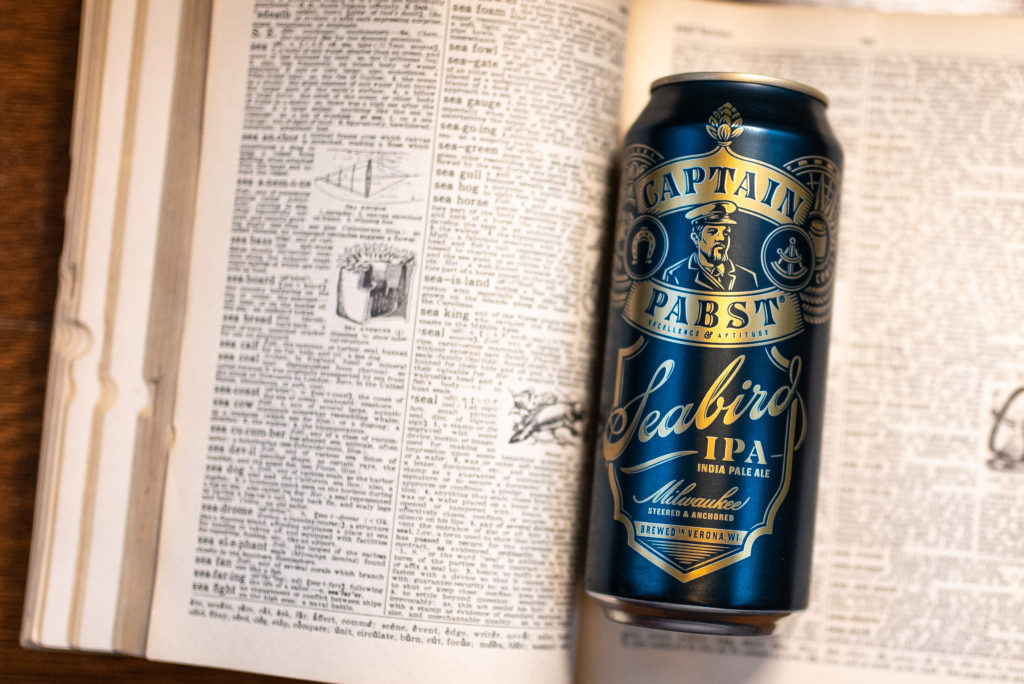
Photography courtesy of Pabst Brewing Company
Jump in your DeLorean and fire up your flux capacitor to go back all the way to the mid-1800s to visit Empire Brewery. Wait, where is Pabst?
“Pabst Blue Ribbon didn’t start out as Pabst at all,” PBR Brewery Operations Manager Zack Krueger says. In 1844, Jacob Best, the founder of what became known as Pabst Brewing Company, established the Milwaukee, WI-based Empire Brewery. “The name was quickly changed to Best Brewing. The flagship beer, carrying the family namesake, was called Best Select.”
Best and his four sons, including Phillip Best, ran the brewery with Phillip eventually taking control.
In 1859, Phillip’s daughter Maria Best married Frederick Pabst, a steamship captain. One day, a particularly harrowing storm forced the young Captain Pabst to ground his ship, the Sea Bird. Although he dramatically saved everyone on board, he abandoned the sea life. Instead, in 1864, he accepted his father-in-law’s proposition and bought a half-interest in the Phillip Best Brewing Company. Price tag? $21,057.05.
By 1866, production had reached 14,139 barrels. By 1873, it was 100,593 barrels. After Captain Pabst’s brother-in-law and business partner Emil Schandein passed away in 1888, Pabst took complete control of the company, changing the name to Pabst Brewing Company on March 12th, 1889.
“Captain Pabst was a great marketer, and in 1882, after Best Select had won some beer competitions, he began adding a blue ribbon around the neck of Best Select bottles to help them stand out,” Krueger says. “Consumers began asking for the ‘blue ribbon’ instead of calling the beer by its name, Best Select.”
By 1895, Pabst officially changed the name to Pabst Blue Ribbon, “And the rest is history,” Krueger says.
PBR: It’s Something in The Water
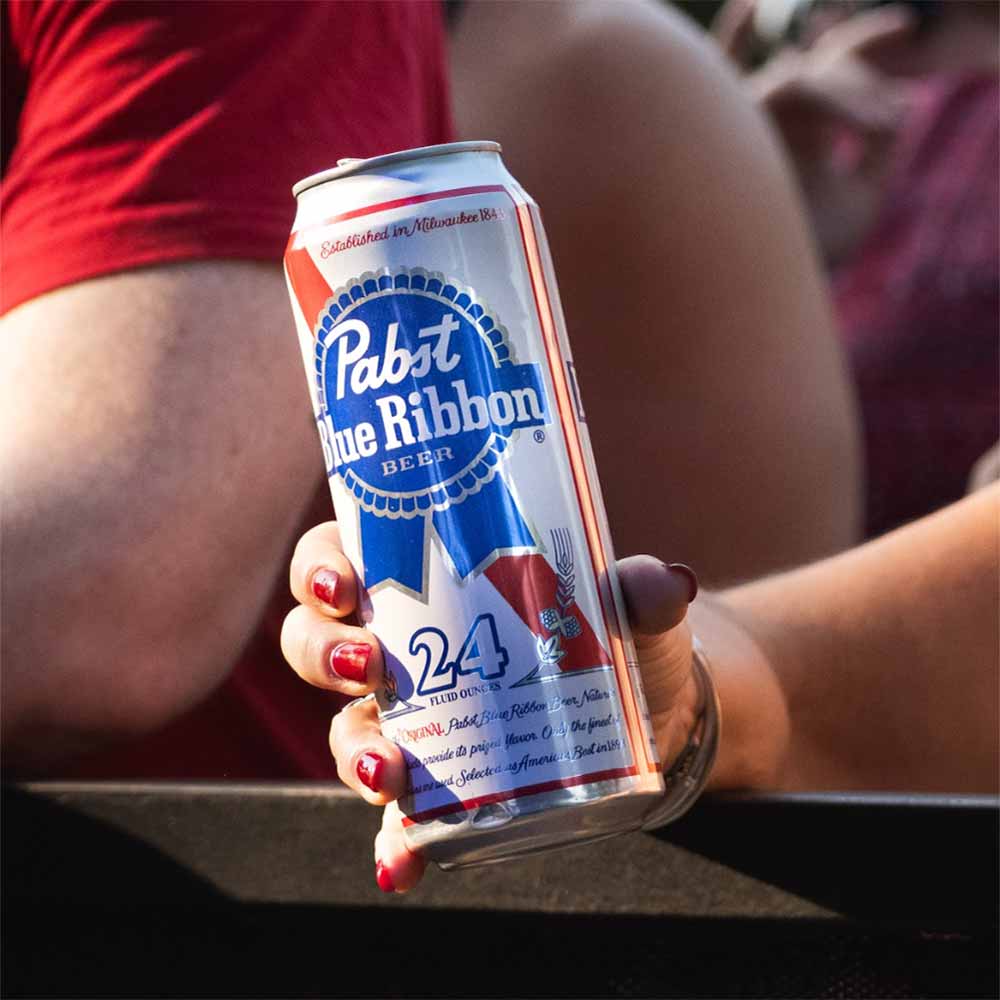
Photography courtesy of Pabst Brewing Company
If you ask, many people in the craft beer industry will tell you the hardest beers to make are light lagers. PBR is just that. Even though the company makes millions of cases of beer each year, no matter what can you pick up, the beer is the same quality product.
“Consistency is key,” Krueger says. “Ensuring our customers enjoy the same beloved flavor profile regardless of where they are or [in] which plant the beer was brewed.”
Krueger says a critical element of the PBR quality is often an overlooked ingredient: water. (Something there about Captain Pabst giving up his life on the water to make a product that to this day relies heavily on, what else, but water, right?!)
“Anyone who has traveled around America knows that water can have vastly different flavors in different areas,” Krueger says. “Our first challenge in brewing is to ensure that the water we use in the brewhouse has a consistent flavor profile.”
PBR accomplishes this through a multi-stage filtering process to create a consistent water profile. But the focus doesn’t wane there. They are also locked in with the variations that come with malted barley and hops from lot to lot, season to season.
“To address this, we meticulously measure critical quality metrics that allow us to fine-tune on a brew-to-brew basis,” Krueger says. “Ensuring we hit our targets while accounting for the natural variation in raw materials.”
Krueger says they combine the malted barley and water in the mash mixer, heating it to various temperatures to activate and deactivate enzymes to achieve the desired fermentability profile. They then transfer the wort to the lauter tun, separating the grain from the wort. From there, it’s moved to the kettle, where they add hops in precise amounts at exactly the same time in the boil each time. After the kettle, the beer moves to the whirlpool, where the wort is clarified before being rapidly cooled and oxygenated to provide the ideal conditions for yeast to ferment the wort.
“The result is a finished PBR with a consistent taste profile that our amazing consumers have been enjoying for 180 years,” Krueger says.
Pabst Blue Ribbon: Why Award-Winning Cheap Beer Isn’t an Oxymoron
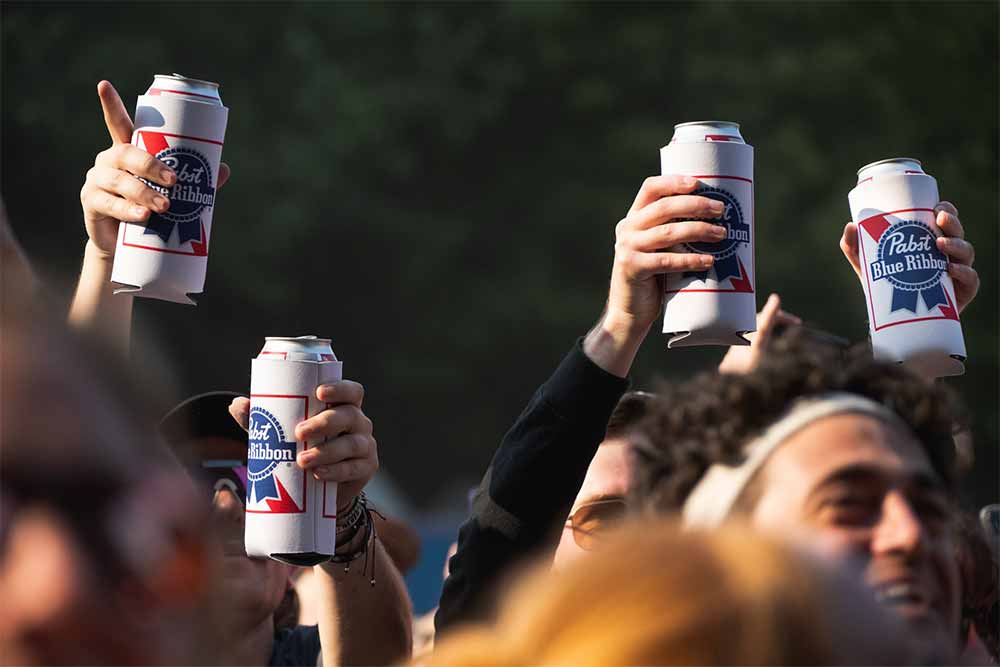
Photography courtesy of Pabst Brewing Company
Clearly, a lot of effort goes into making a consistent quality beer. But why is it so cheap? What’s the catch?
The catch is…there is no catch.
“Sometimes people equate price to the quality,” Keeton says. “But Pabst has always been proud to provide a quality beer at a more affordable price.”
Keeton points out that PBR is a highly awarded American lager, having won four GABF Gold medals in blind tests.
“I think that track record really speaks to the quality,” she says.
That recognition harkens back to the brand’s consistency and authenticity, which have stayed true to itself for generations.
Keeton adds, “Part of it is that it’s a great beer, but the other part is that it’s an authentic, independent brand that has stood the test of time.”
What Does the Future Hold for PBR?
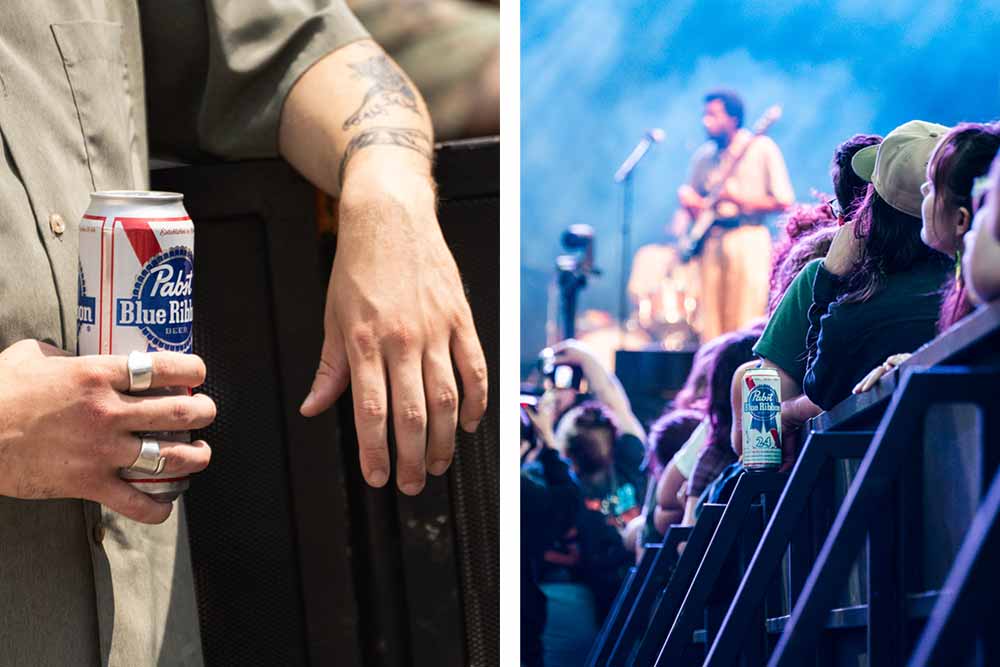
Photography courtesy of Pabst Brewing Company
Keeton says that the brand has experienced a bunch of wins in recent years. But they remain grounded.
“It’s really about continuing to lean into our roots,” Keeton says. “And stay true to the PBR brand and ethos.”
Keeton says that going forward, PBR wants to celebrate its drinkers and the things they love and continue to approach marketing from a nontraditional lens. She points to what she calls more “left-of-center” earned media stunts, such as reintroducing the PBR art can and even throwing their own music festival, Project Pabst.
We may not be able to exactly put our fingers on what makes PBR such legacy liquid, but perhaps that’s why we all love it so much; it’s that je ne sais quoi, that intangible thing in the water, that once-in-a-lifetime combination of history, art, and culture.
One thing we do know: This blue ribbon will always be a winner.
“It’s an amazing beer that people celebrate and fall in love with year after year,” Keeton says. “Pabst Blue Ribbon is an authentic American icon whose story is as relevant today as it was 180 years ago.”

